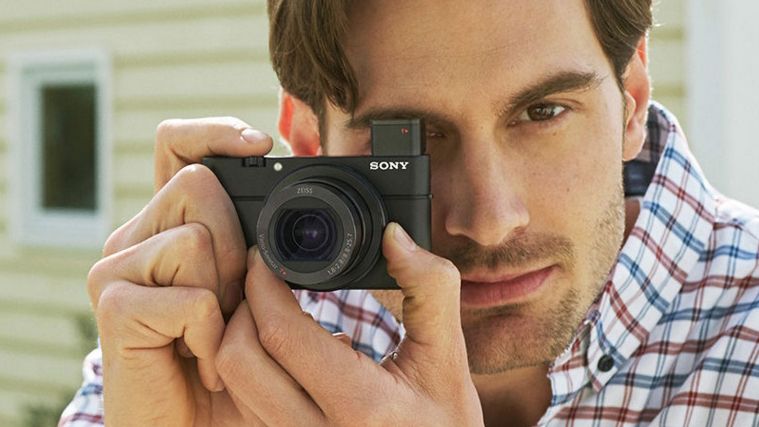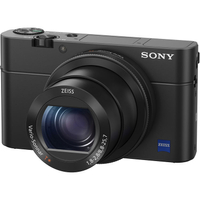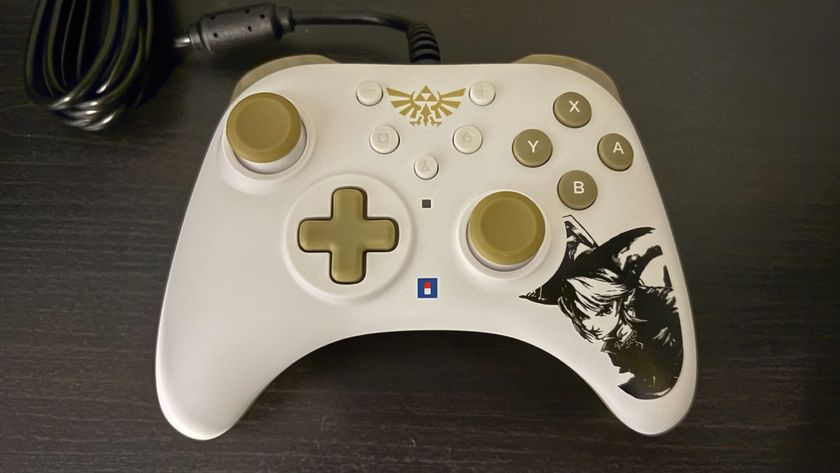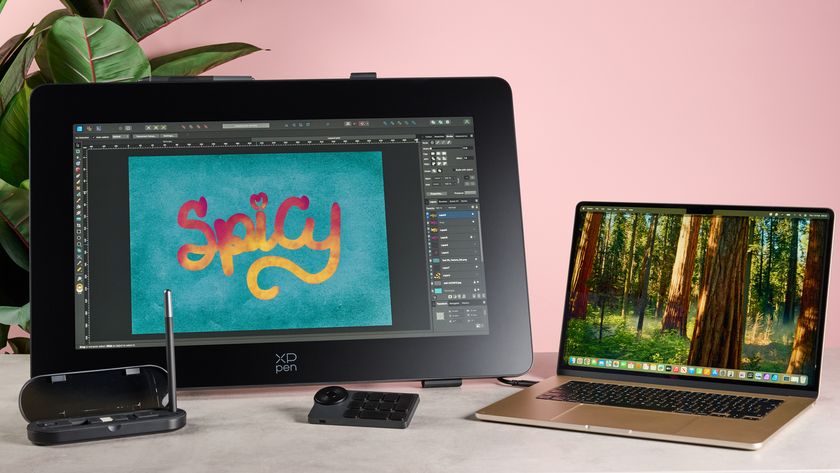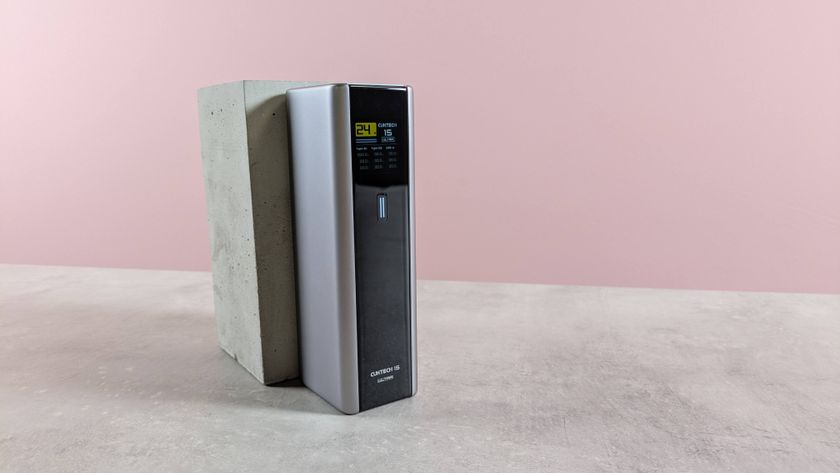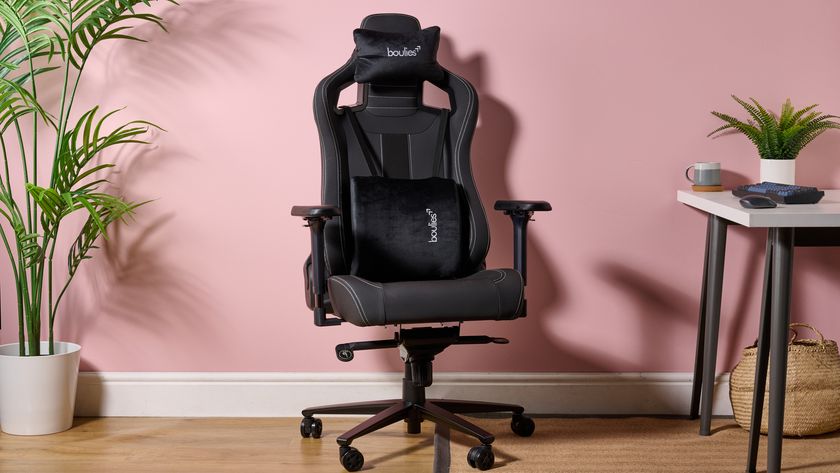TechRadar Verdict
The RX100 IV follows in the illustrious footsteps of its predecessors, delivering better image quality than ever. But the absence of a touchscreen and some minor niggles mean it can't quite justify its high price.
Pros
- +
High-resolution viewfinder
- +
Tilting screen
- +
Large sensor
- +
4K video
Cons
- -
High price
- -
No touchscreen
- -
Limited raw functionality
Why you can trust TechRadar
The Sony RX100 range of compact cameras has won plaudits from critics and consumers alike over the past couple of years, finding favour as a model which you can slip into your pocket or handbag when you don't want to carry a DSLR or CSC around with you.
[Update: The RX100 IV (referred to as the DSCRX100M4 by some retailers) has since been replaced by the RX100 V and RX100 VI. Identical in many ways to the RX100 V, the newer camera offers an even more impressive performance, including a more advanced AF system and 24fps burst shooting. The RX100 IV is still a great camera though that delivers great images, smooth 4K video and top-notch performance.]
We're now onto the fourth generation of this popular compact camera, and there are whispers around the internet about the Mark IV being the compact to outshine every other compact ever made – it's a bold claim, although one that's backed up by some pretty impressive specs.
Sony RX100 Mark IV | £613 £429 at Amazon (inc. £50 cashback)
Still one of our favourite compact cameras, the RX100 Mark IV manages to be technologically up to date without the lofty price of the (admittedly excellent) Mark V and VI models that came after it. This £134 (22%) saving means you can get it for £479 right now, but with an extra £50 cashback from Sony, you can walk away with it for just £429, following a successful cashback claim.
While Sony keeps the pixel count at 20.1 million, the same as the RX100 III, the sensor is Sony's new Exmor RS design, which employs a stacked structure with a DRAM (memory) chip attached. This enables readout speeds which Sony claims are 5x faster than conventional models, and facilitates performance improvements such as 16fps shooting without blackout, along with faster processing.
That sensor is joined by Sony's Bionz X processor, which is also designed for super-quick speeds, so all in all we should have a very nippy little camera on our hands – it's also claimed that autofocus speeds are improved.
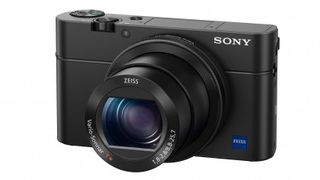
The previous incarnation of the RX100 brought with it an electronic viewfinder, which came at the expense of the RX100 II's hotshoe. The Mark IV retains the EVF, but there's been a significant boost in resolution, to 2.35 million dots compared to the Mark III's 1.44 million.
An electronic 'anti-distortion' shutter is included to reduce rolling shutter (jello) effect when shooting video. This also means you can shoot at super-fast speeds up to 1/32000 of a second, which is very useful if you want to shoot at wide apertures in bright sunlight, or if you're trying to capture quick-moving action.
The RX100 IV's lens remains a 24-70mm (equivalent) with an f/1.8-f/2.8 maximum aperture. That may seem quite a short focal length for a compact camera, but it's a popular focal range for DSLR users, and it's perfectly adequate for indoor and travel/street photography. A digital zoom is available if you need additional reach.
This is also the first RX100 model to include 4K video shooting, but it's worth noting that this is restricted to five minutes, while Sony's new RX10 II can shoot for up to 30 minutes. You can also record 40x super slow-motion video, which can be played back at a variety of frame rates.
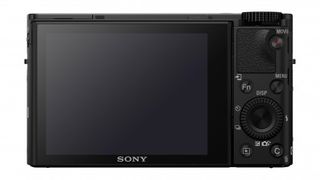
This can be recorded in two- or four-second bursts, which doesn't sound like a lot, but when these are played back in super slow-motion it translates into much longer clips – a two-second burst played at 1000fps becomes 80 seconds of video.
When it comes to regular shooting, many of the RX100 III's very impressive features are retained, including five-axis image stabilisation to help keep images blur-free. There's manual focus assist for those who like to focus their shots manually, along with focus peaking for extra help.
Wi-Fi and NFC are included, enabling you to remotely control the camera from your smartphone or tablet and quickly share your images. You can also download a selection of free and paid-for PlayMemories apps direct to the camera from Sony's website, which provide you with extra functionality such as time-lapse or multiple exposure.
There is one area where the new camera has gone slightly backwards, and that's battery life. The RX100 IV is quoted at a fairly lacklustre 280 shots compared with the Mark III's (albeit not that much better) 320. Presumably this is a result of the more powerful sensor, but it's something to think about if you're going to be using this as your travel camera.
Amy has been writing about cameras, photography and associated tech since 2009. Amy was once part of the photography testing team for Future Publishing working across TechRadar, Digital Camera, PhotoPlus, N Photo and Photography Week. For her photography, she has won awards and has been exhibited. She often partakes in unusual projects - including one intense year where she used a different camera every single day. Amy is currently the Features Editor at Amateur Photographer magazine, and in her increasingly little spare time works across a number of high-profile publications including Wired, Stuff, Digital Camera World, Expert Reviews, and just a little off-tangent, PetsRadar.
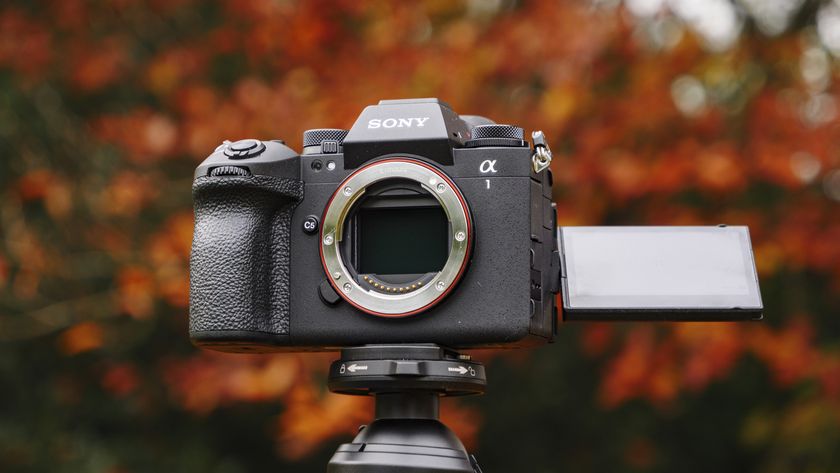
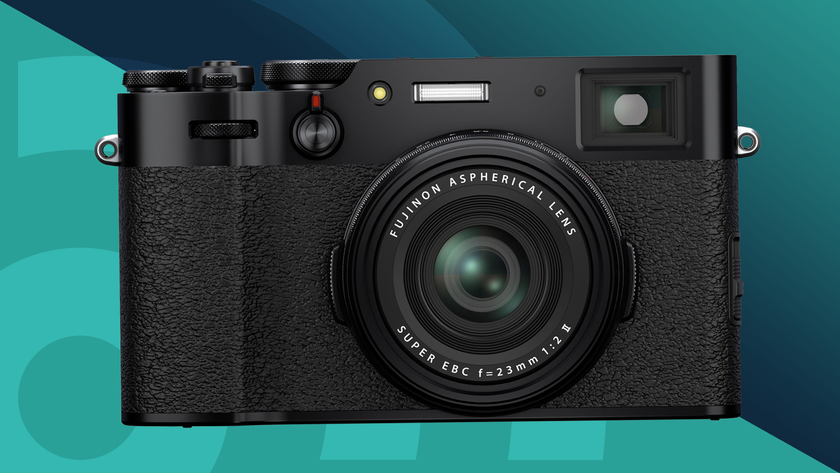
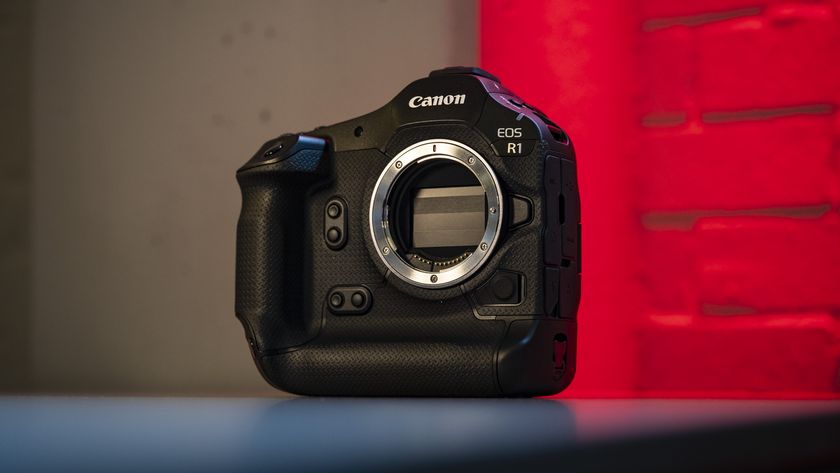
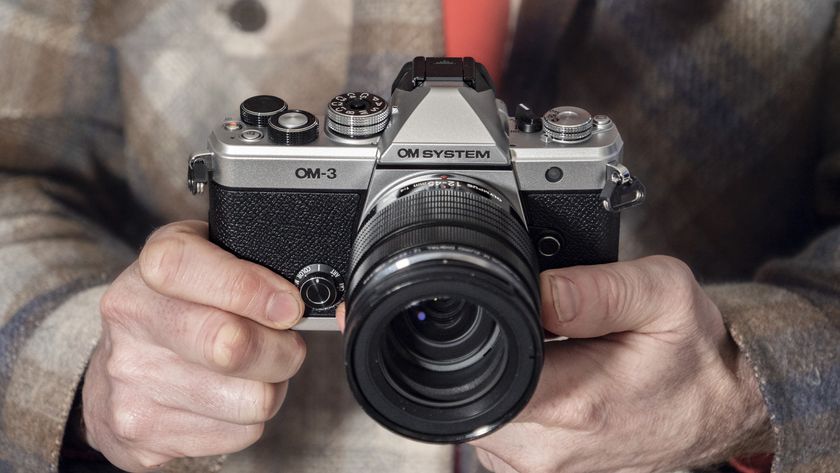
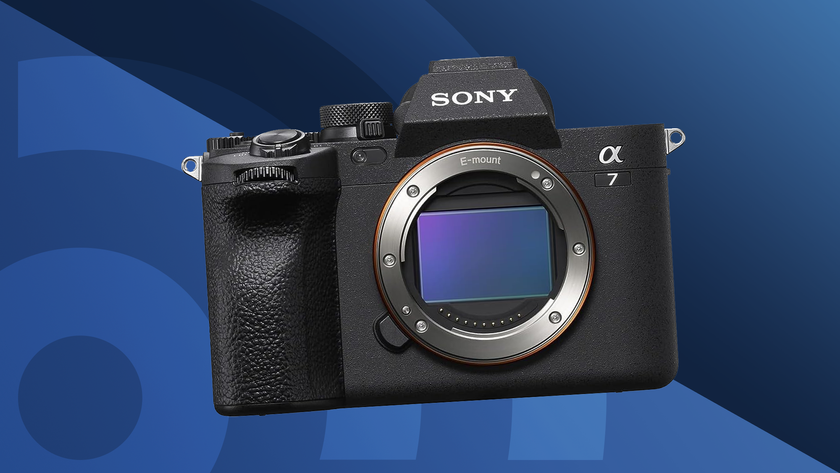
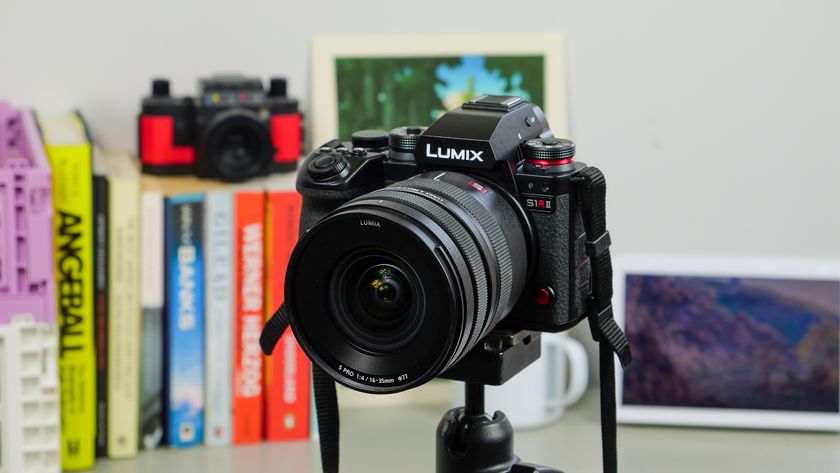
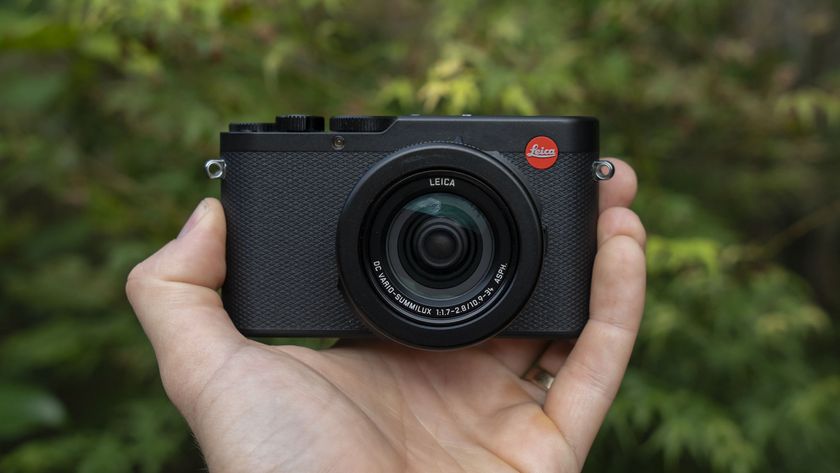
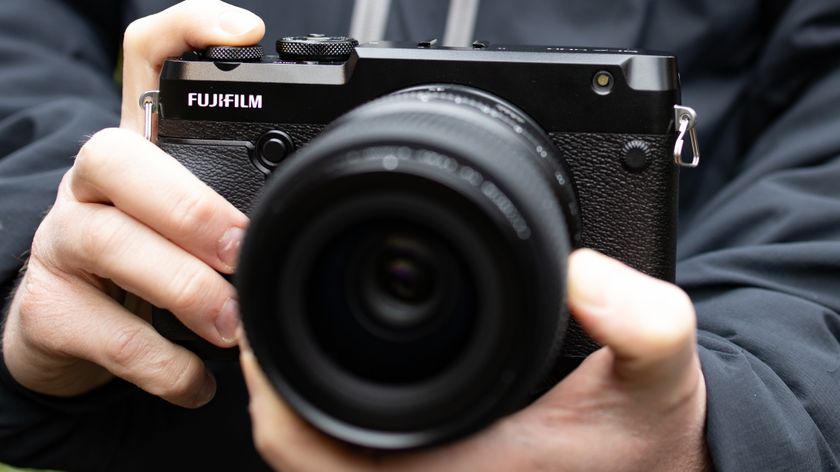
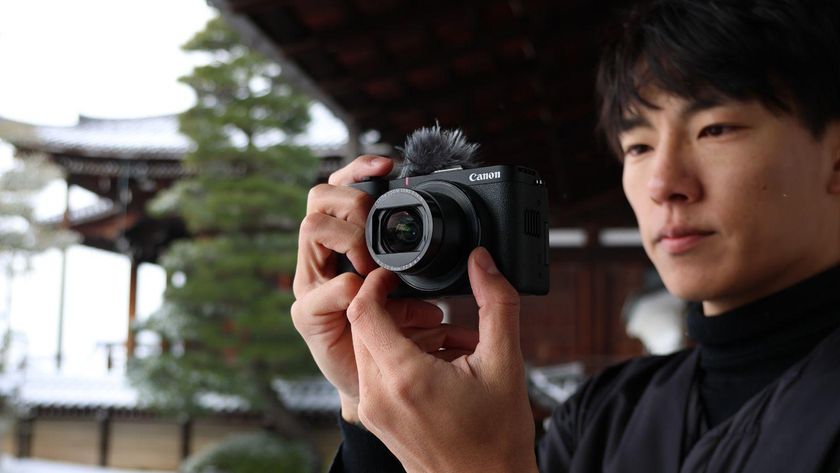
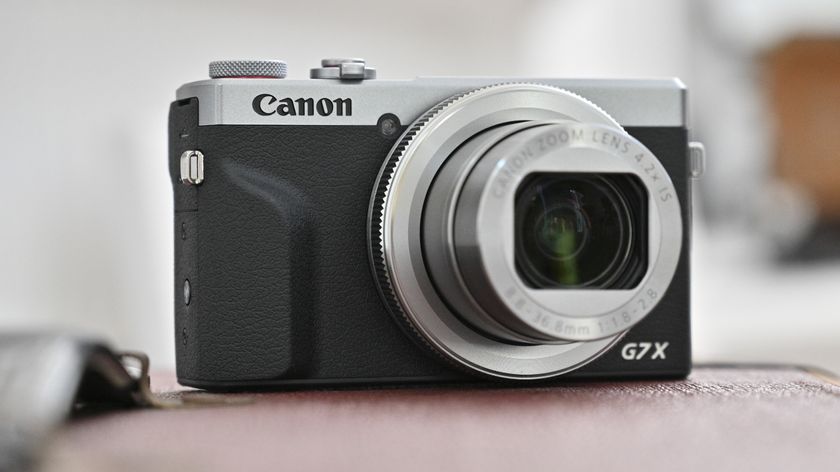
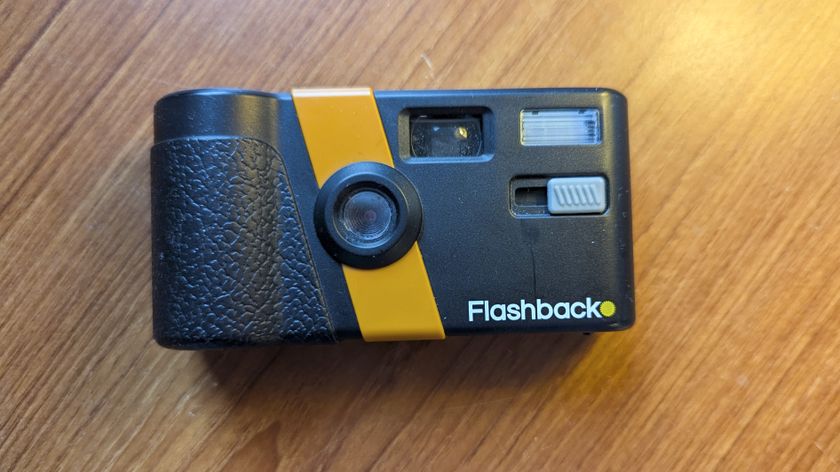
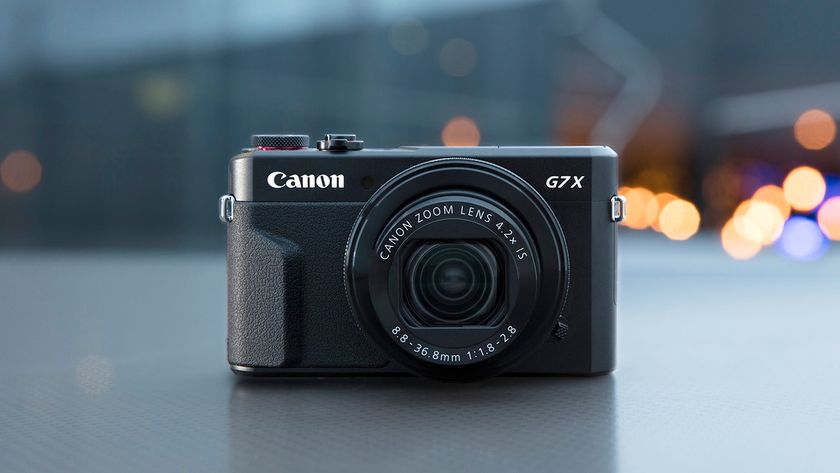

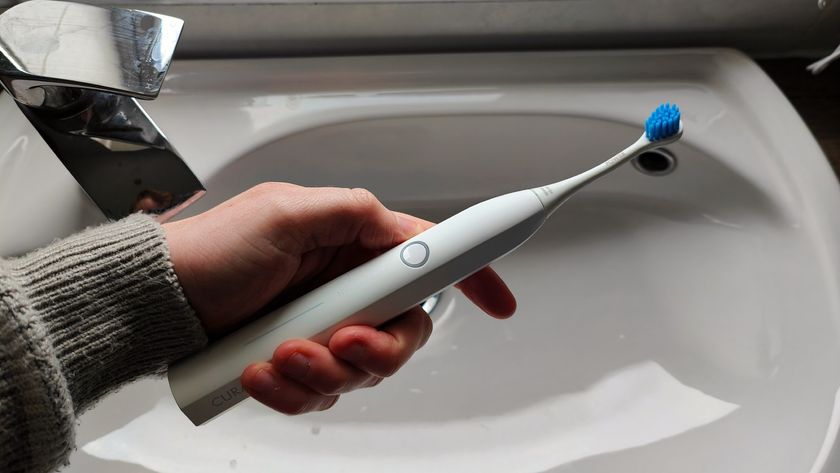


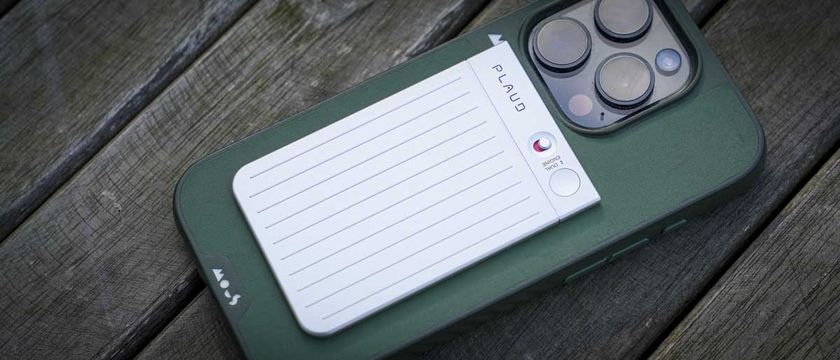
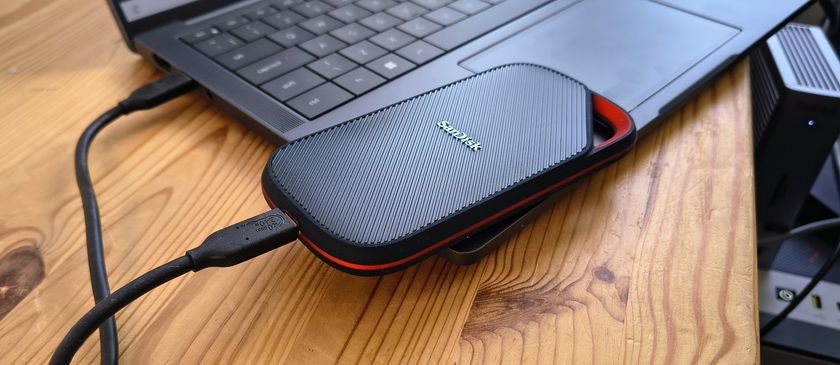
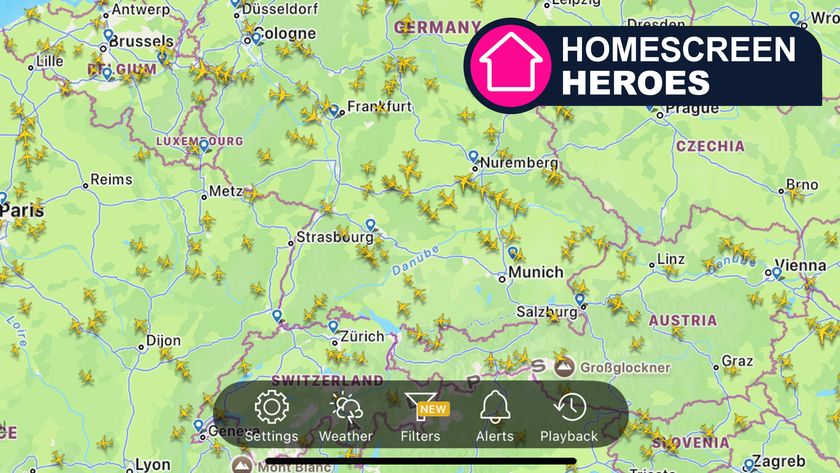
This flight app blew my mind and I’ll never underestimate the role of an air traffic controller ever again

The VQ Cath Kidston 5,000mAh Power Bank is one of the most stylish batteries I’ve seen, but it’s too slow for the price

Amazon has a ton of cheap TVs on sale for March Madness – deals starting at $79.99
